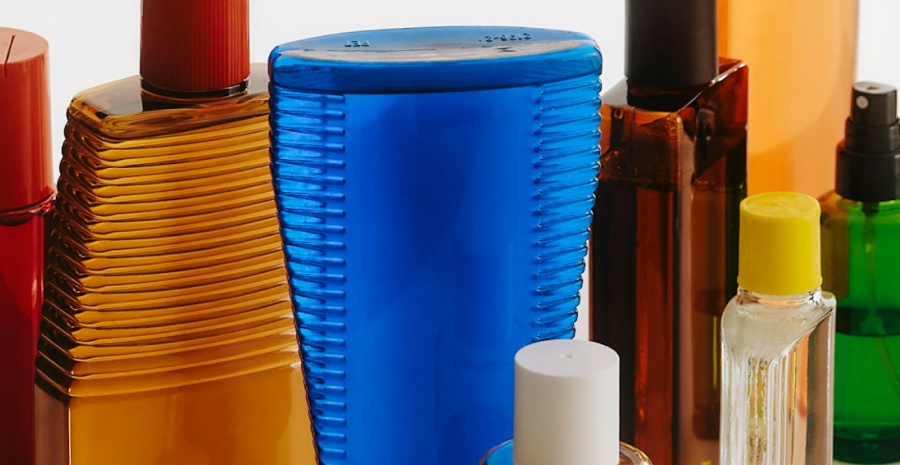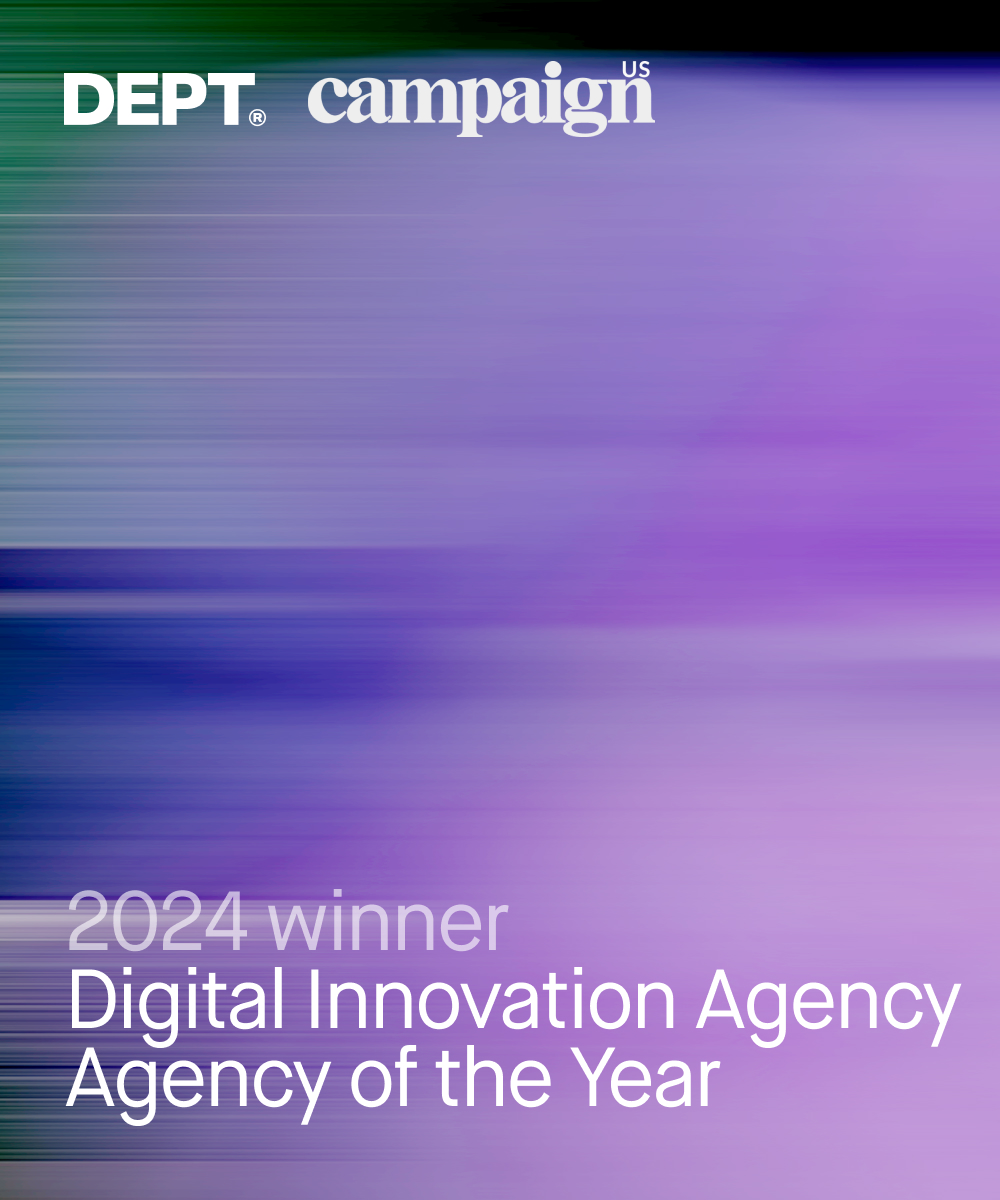The global luxury retail market is expected to triple by 2025 to €383 billion. 20% of these purchases, worth around €74 billion, will be made online. On this trajectory, future competitive differentiation within the luxury fashion industry will come from experiences rather than products alone. That’s why brands need to reimagine consumer engagement through the adoption of digital technologies like augmented reality (AR).
In its report, Culture Culture Culture, Highsnobiety states: “The luxury market is undergoing a radical transformation. By 2026, Millennials and Gen Z will make up more than 60 percent of the spending…This massive generational shift will have a widespread impact on the behaviors, values, and desires of consumers, and it’s imperative for brands to start planning now for this new reality.”
With a strong belief in ‘cultural credibility’ being a key driver of brand success, Highsnobiety stresses that the influence of pop culture and online social behaviour can not be underestimated. With the rise in martech innovation leading to highly creative AR campaigns across social platforms such as TikTok and Snapchat, the brands who are standing out from the crowd are the ones embracing this new technology.
AR commerce experiences
AR is far from an emerging opportunity. IKEA cemented itself as a trailblazer in the space with the publication of a 2012 catalogue in which selected items could be scanned using a smartphone to be projected into the home. In 2017, the brand launched its IKEA Place app, using AR to help customers visualise products at scale and in a real life setting prior to purchase.
Last year, Apple started integrating LiDAR scanners in new iPhones and iPads to give customers the ability to scan and imprint 3D images into online and real world experiences, launching “the world’s largest AR platform”. Apple is also expected to announce new AR glasses in the very near future, which would undoubtedly skyrocket the mainstream adoption and usage of augmented reality. But even without Apple’s rumoured product development, the market for AR is growing at a rapid pace; Statista expects the AR market to be valued at more than $18 billion USD by 2023.
Retail consumers have welcomed brands’ adoption of AR, so much so that demand is now greater than supply. Multiple studies have found that 63% of consumers believe AR will transform shopping experiences, and 61% would prefer to purchase on sites offering AR technology. In addition, 70% of consumers have said they would be more loyal to brands incorporating AR within their shopping experiences. Despite this, brands aren’t quite meeting customer needs, with 53% believing retailers are failing to take full advantage of AR.
James Dye, UK Business Director at commercetools, backs up this opinion: “Consumers are increasingly seeking out augmented shopping experiences such as virtual fitting rooms, personalised shopping experiences, contactless or do-it-yourself options and alternative ways to shop. With brand loyalty taking on such critical importance to businesses, retailers must find new ways to set themselves apart – and deliver amazing experiences across all channels.”
Convergence of creativity and innovation
The business case for AR is crystal clear, and the artistry and immersiveness of luxury fashion lends itself perfectly to the opportunities the technology offers, yet the industry isn’t quite innovating at the same pace as other product-driven sectors.
Some luxury retailers, including Dior, Stella McCartney, Burberry and Victoria Beckham, have experimented in the space, primarily with AR filters. But to thrive in the long term, luxury brands need to go further than this to bridge the gap between offline and online, while optimising both experiences.
The belief that high-end items should exclusively be sold in bricks-and-mortar boutiques is a thing of the past. Consumer trends, largely driven by technology, have forced the industry to evolve from a model that has previously been perceived as inaccessible.
As the most affluent luxury brand consumers, Millennials and Gen Z are driving global luxury sales and growth; 80% of which are now “digitally influenced”. This audience has been dubbed ‘new luxury’, a term coined by US designer Virgil Abloh, and brands that embrace engagement with these digital natives are those expected to succeed.
New luxury is more inclusive, leveraging pop culture to appeal to the masses. It’s focused on experiences rather than just products and is about supporting a community instead of individual status. And as consumers now hit multiple digital touchpoints before making a purchase, high end brands have immense opportunity to tap into the new luxury market and nurture prospects into loyal customers.
Exponential potential
Now is the time to look beyond AR filters. Driven online as a result of the pandemic, consumers have become accustomed to more immersive digital experiences and their needs are continuing to evolve, so simply digitising touchpoints won’t hit the mark.
The potential for AR in luxury fashion is very real and there’s a wealth of innovative and relatively untapped opportunities on offer. By blurring the lines between physical and digital, brands can add value, enrich customer experiences and drive brand advocacy.
Telco and internet company Three UK demonstrated what’s capable with new technology at London Fashion Week in February 2020. It featured a holographic AR model that could be viewed through a 5G device on a catwalk that looked empty to the naked eye. Although this impressive stunt took place physically, AR runway shows could be the Covid-safe solution, providing an immersive experience not just for a select group of VIPs but for the entire brand audience.
Chanel have experimented with in-store ‘magic mirror’ technology to digitally browse collections alongside a customer advisor, but with stores currently closed, there’s an opportunity to reimagine the experience and enable customers to try on augmented reality clothing in their mirrors at home.
Bringing products to life at the consumer’s convenience, and offering as close to a true preview of the fabric without the customer physically seeing and touching it, could also have a positive impact on return volumes of online orders. And the technology is set to become even more realistic with the evolution and adoption of texture design tools regularly used in game development, such as Allegorithmic’s Substance which was recently acquired by Adobe.
Accessible, immersive retail tech
Digital adoption within luxury fashion has certainly increased in recent years, but it has drastically intensified as a result of the pandemic. Digital is now a crucial source of growth and is essential to building brand advocacy and equity.
Creating amazing AR applications will not only create competitive advantage; it provides the opportunity to increase customer engagement, help attract new customers and boost conversion rates.
By thinking beyond the traditional model, brands can enhance the customer relationship and reinvent the personal experience that has historically defined the luxury fashion industry.
Pioneers of AR campaigns
DEPT® is at the cutting-edge of AR technology and chatbots, delivering campaigns for brands including Ralph Lauren, Nike, ASOS, and Victoria Beckham. Check out the showreel to see some of our innovation in practice.
More Insights?
View all InsightsQuestions?
Head of Marketing, EMEA





